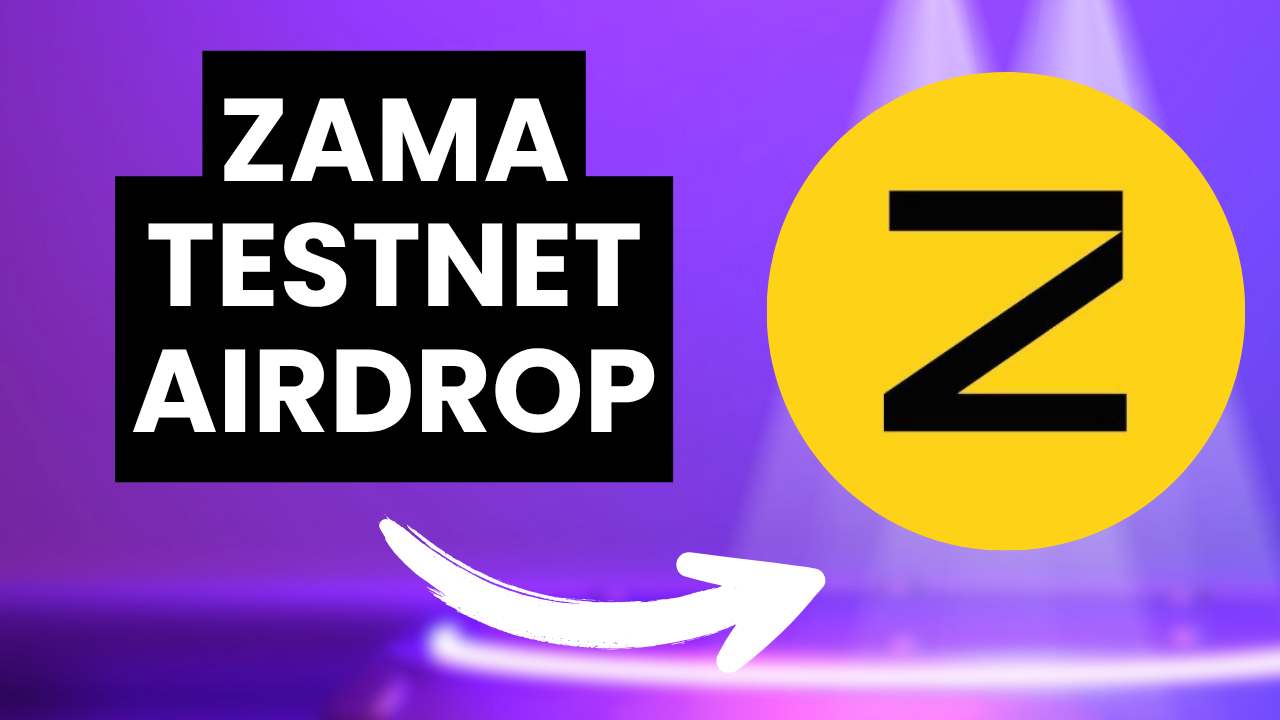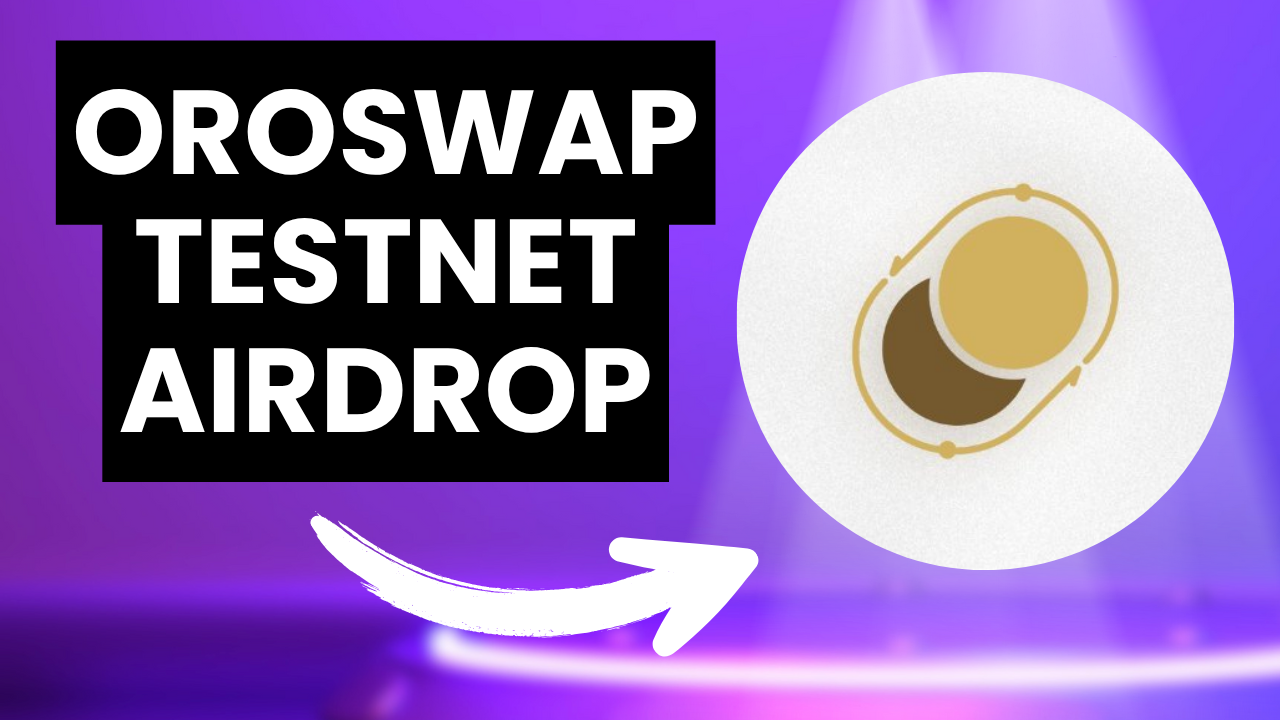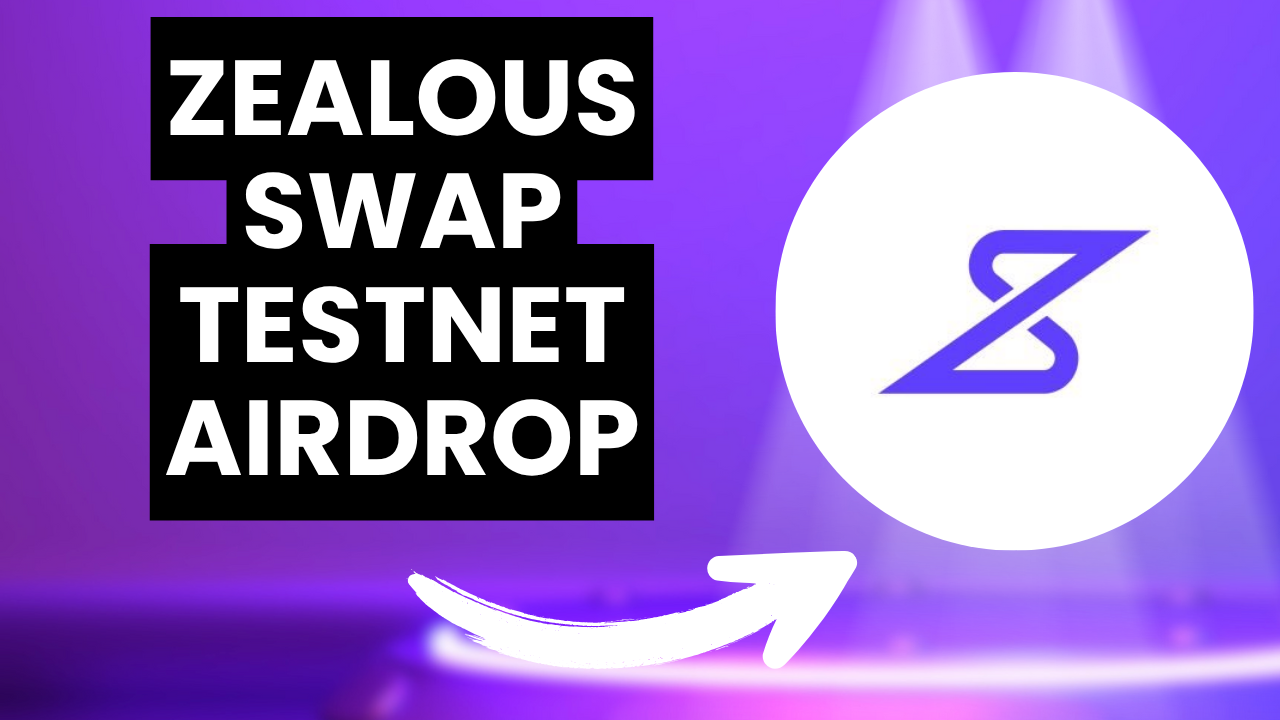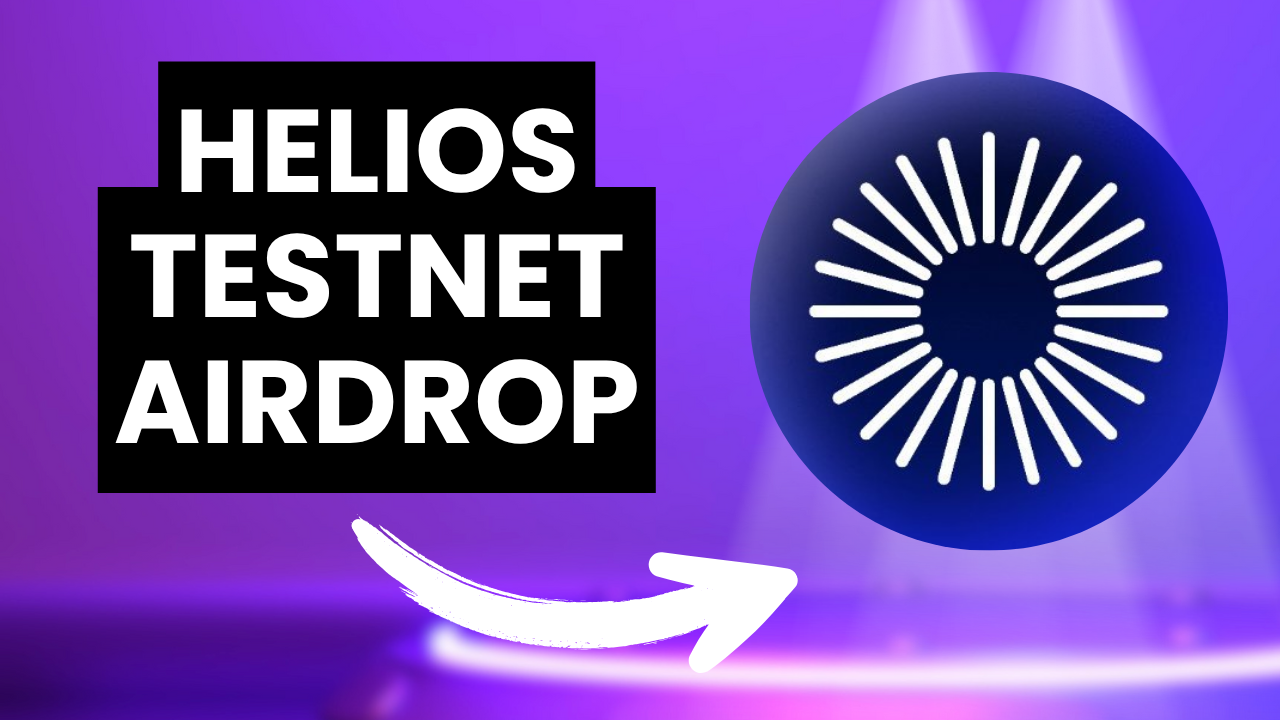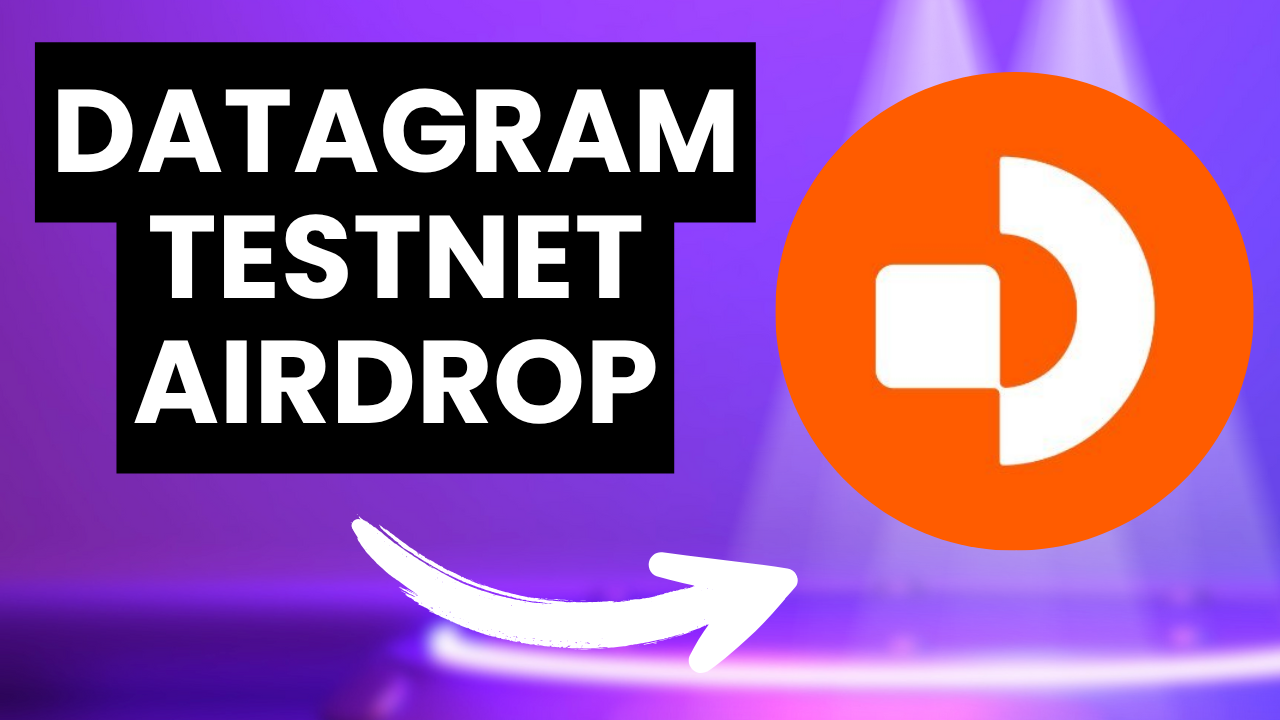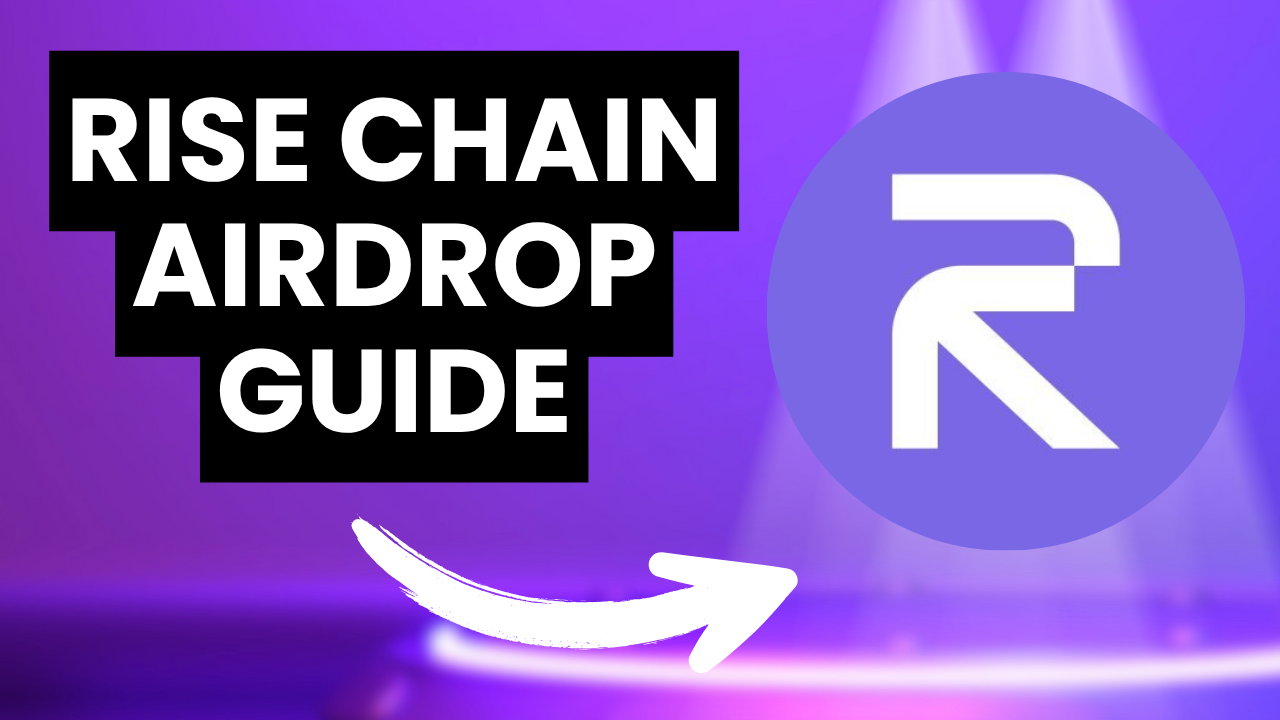Introduction
This article provides a comprehensive guide to interacting with the Zama Public Testnet for a potential airdrop. We will cover the project overview, team and funding information, revenue model, and a detailed step-by-step guide to participate in the testnet activities.
Project Overview: Zama and Fully Homomorphic Encryption (FHE)
Zama is an open-source cryptography company dedicated to building state-of-the-art Fully Homomorphic Encryption (FHE) solutions. FHE is a groundbreaking cryptographic technique that allows computations to be performed on encrypted data without decrypting it. This means that data remains confidential even when being processed, offering a new paradigm for privacy in various applications, especially in blockchain and artificial intelligence.
Zama’s core product is the Zama Confidential Blockchain Protocol, which enables confidential smart contracts on any Layer 1 (L1) or Layer 2 (L2) blockchain. This technology addresses a critical need for privacy in public blockchain networks, where transactions and data are typically transparent. By allowing computations on encrypted data, Zama aims to unlock a new range of confidential applications and use cases within the blockchain ecosystem.
Zama’s public testnet is a crucial step in bringing this technology to a wider audience, allowing developers and users to experiment with confidential smart contracts and contribute to the development of a privacy-preserving blockchain future.
Zama Testnet Airdrop: Step-by-Step Guide
As of now, the Zama testnet site is a demo and not fully functional for real interaction yet. The primary focus for potential airdrop eligibility is currently on community engagement through Guild and Discord.
Join the Zama Guild:
•Navigate to guild.xyz/zama.
•Connect your wallet and complete the available tasks. This is currently the most important step.
2.Join the Zama Discord:
•Join the official Zama Discord server: discord.gg/zama.
•Claim any available roles on Discord. Active and helpful community members are often rewarded.
3.Stay Updated:
•Follow the official Zama X account: @zama_fhe
•Follow airdrop hunters like @mztacat for the latest updates and guides.
4.(Future Interaction) Zama Portal:
•Once the Zama Portal (portal.zama.ai) is fully functional, be prepared to perform the following actions:
•Claim Faucet Tokens: Obtain test tokens from the official faucet.
•Shield and Transfer: Interact with the confidential features of the protocol by shielding and transferring tokens.
Team Information
Zama is comprised of a team of cryptographers and engineers focused on making FHE accessible and efficient. While specific individual team members were not detailed in the general search results, the company’s focus on open-source cryptography and its active development on platforms like GitHub indicate a strong technical team dedicated to advancing FHE technology.
Funding
Zama has successfully secured significant funding, highlighting strong investor confidence in its FHE technology and vision. The company raised a total of $130 million in funding, valuing the company at over $1 billion. This officially makes Zama the first unicorn company in the FHE space [1, 2, 5, 7, 10].
Revenue Model
Zama operates with an open-source approach, choosing a BSD3-clear dual licensing model for its products [11, 12]. This model allows broad use, modification, and distribution of their open-source tools. While the exact pricing model for their services is not explicitly detailed, it is likely that Zama monetizes its offerings through enterprise solutions, custom implementations, and support for companies building FHE applications using their suite of tools [13]. Their grant and bounty programs also indicate a strategy to foster ecosystem growth and adoption, which can indirectly contribute to their revenue through increased demand for their core technologies and services.
Conclusion
While direct interaction with the Zama testnet is currently limited, focusing on community engagement through Guild and Discord is the best way to position yourself for a potential airdrop. Keep a close eye on official announcements for when the testnet becomes fully interactive. By following the steps and staying informed, you can be among the first to engage with this promising project and its innovative FHE technology.
References
[1] Coindesk. (2025, June 25). https://www.coindesk.com/tech/2025/06/25/zama−raises−57m−becomes−first−unicorn−involved−with−fully−homomorphic−encryption
[2]Cointelegraph.(2025,June25).Zama raises 57M in series B to bring end-to-end encryption to public blockchains. https://cointelegraph.com/press-releases/zama-raises-57m-in-series-b-to-bring-end-to-end-encryption-to-public-blockchains
[3] TechCrunch. (2024, March 7). https://techcrunch.com/2024/03/07/zamas-homomorphic-encryption-tech-lands-it-73m-on-a-valuation-of-nearly-400m/
[4] Crunchbase. Zama – Crunchbase Company Profile & Funding. https://www.crunchbase.com/organization/zama-aa23
[5] Tech.eu. (2025, June 25). https://tech.eu/2025/06/25/zama-becomes-1st-i-fhe-unicorn-with-57m-raise-led-by-pantera-and-blockchange/
[6] CryptoRank.io. https://cryptorank.io/ico/zama
[7] PYMNTS.com. (2025, June 25). Zama Raises 57 Million for End-to-End Encryption Solution. https://www.pymnts.com/news/investment-tracker/2025/zama-raises-57-million-for-end-to-end-encryption-solution-for-blockchains/
[8] SecurityBrief.co.uk. (2025, June 25). [https://securitybrief.co.uk/story/zama−reaches−unicorn−status−with−usd−57−million−funding−round]
[9]Zama.ai. https://www.zama.ai/post/introducing−the−zama−grant−program−and−launching−the−zama−bounty−program−season−5
[10]Ainvest.com.(2025,June25).https://securitybrief.co.uk/story/zama-reaches-unicorn-status-with-usd-57-million-funding-round
[11] Zama.ai. (2022, August 2). How we monetize our open-source products at Zama. https://www.zama.ai/post/open-source
[12] Medium. (2022, August 3). How we monetize our open-source products at Zama. https://medium.com/zama-ai/monetizing-open-source-projects-5da94ffc1a7f
[13] Dealroom.co. Zama company information, funding & investors. https://app.dealroom.co/companies/zama
[14] Google Cloud. Ethereum Sepolia Faucet. https://cloud.google.com/application/web3/faucet/ethereum/sepolia
[15] X. (2025, July 2). mztacat on X.
